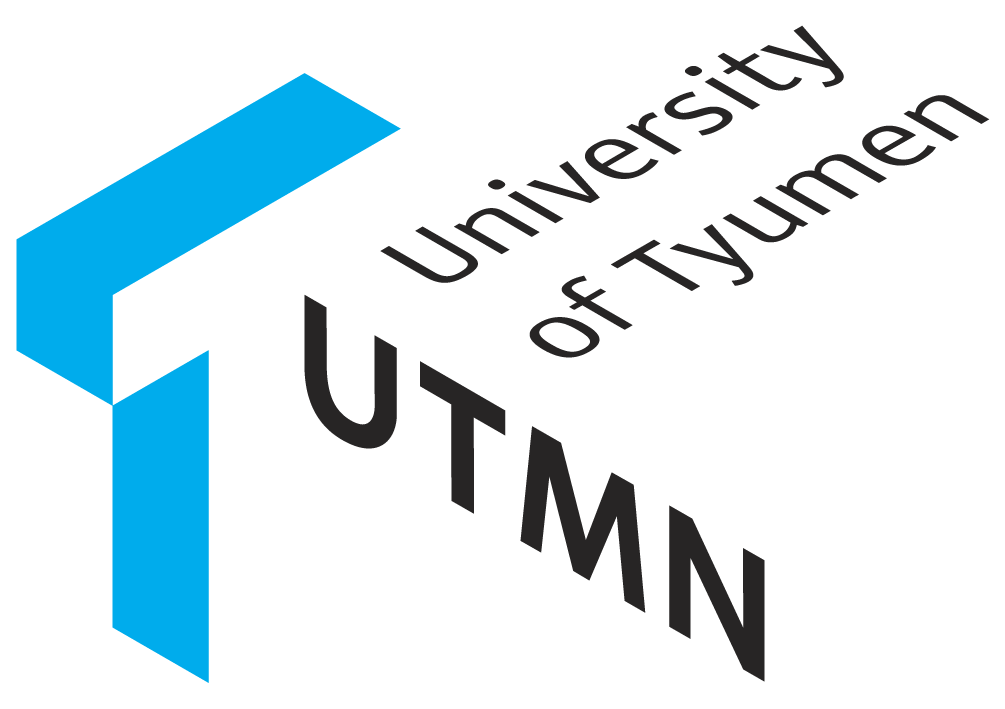University of Tyumen: University of Tyumen and Russian Academy of Sciences participate in the Russian-Iranian project
Three research institutions under the Russian Academy of Sciences and the X-BIO Institute of the University of Tyumen received a three-year grant for the joint project — Ticks (Acari) of the Caspian Sea Shores: Faunogenetic Relations and Community Structure.
Olga Makarova, Head of the Synecology Laboratory of the A.N. Severtsov Institute of Ecology and Evolution of the Russian Academy of Sciences, will be the project manager of the Russian division. The Department of Biodiversity of the Institute of Science and High Technology and Environmental Sciences of Graduate University of Advanced Technology (Kerman) represents the Iranian division. In addition, the project involves scientists from the Vavilov Institute of General Genetics of RAS (Moscow) and the Institute of Plant and Animal Ecology of the Ural Branch of the Russian Academy of Sciences of RAS (Yekaterinburg). The leading researcher of the X-BIO Institute Sergey Ermilov will be representing the University of Tyumen in the project.
Ticks are a diverse group of arthropods present at the coastlines. The project will characterize the population of ticks found at the shores of the Caspian Sea in Kalmykia and Dagestan in Russia, as well as in Kazakhstan and Iran. The research will compare the communities of ticks on sandy-rocky beaches, marches, in thickets of reeds, bird colonies, on the banks of different structures, located in different climatic conditions with sea waters of different salinity. Scientists plan to study the genetic structure of the most common species of littoral ticks in different parts of the Caspian coast, as well as on the shores of the Black, Baltic, Barents, and White Seas for possible phylogeographic reconstructions and determining the time of divergence of their Black Sea and Caspian populations.
Considering the intensive production of hydrocarbons along the shores of the Caspian, the results of the work can be used to organize the monitoring of the coastal ecosystems and assessing anthropogenic disturbances of the environment in the Caspian.

